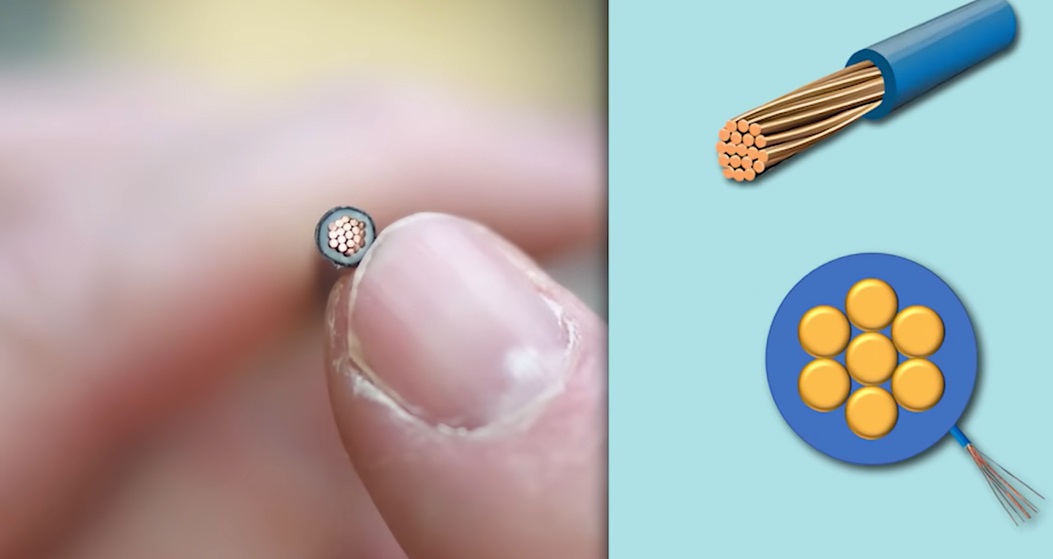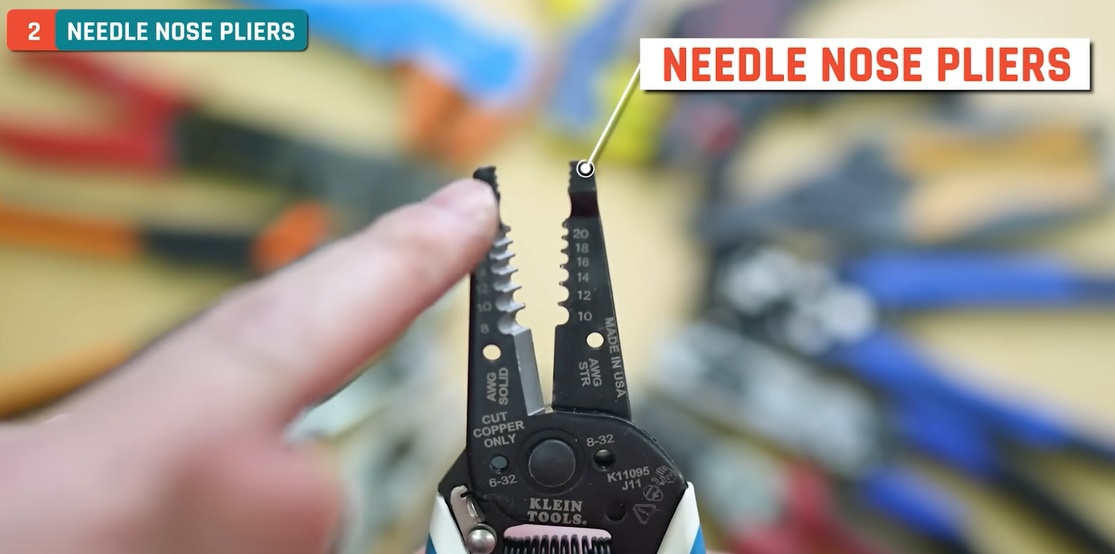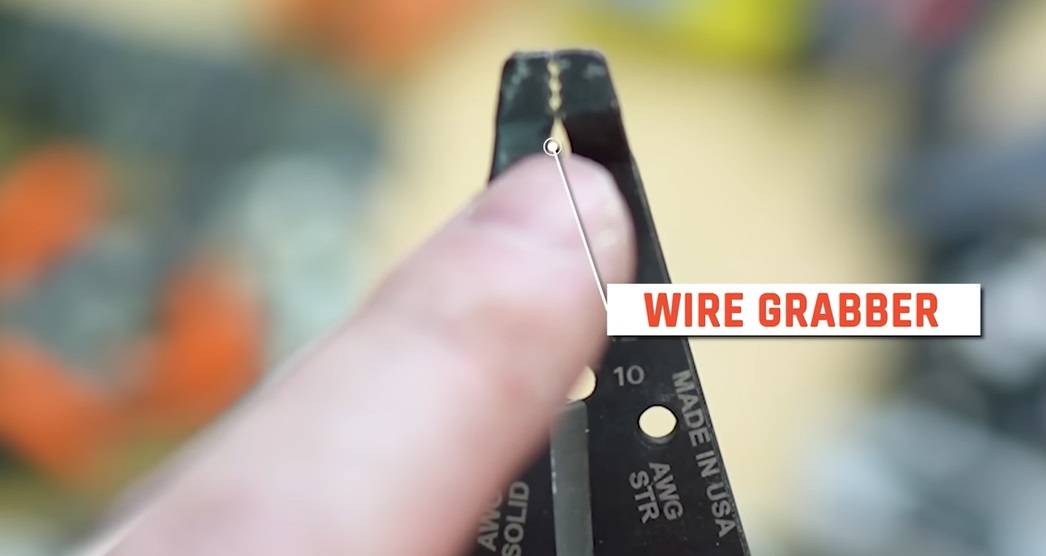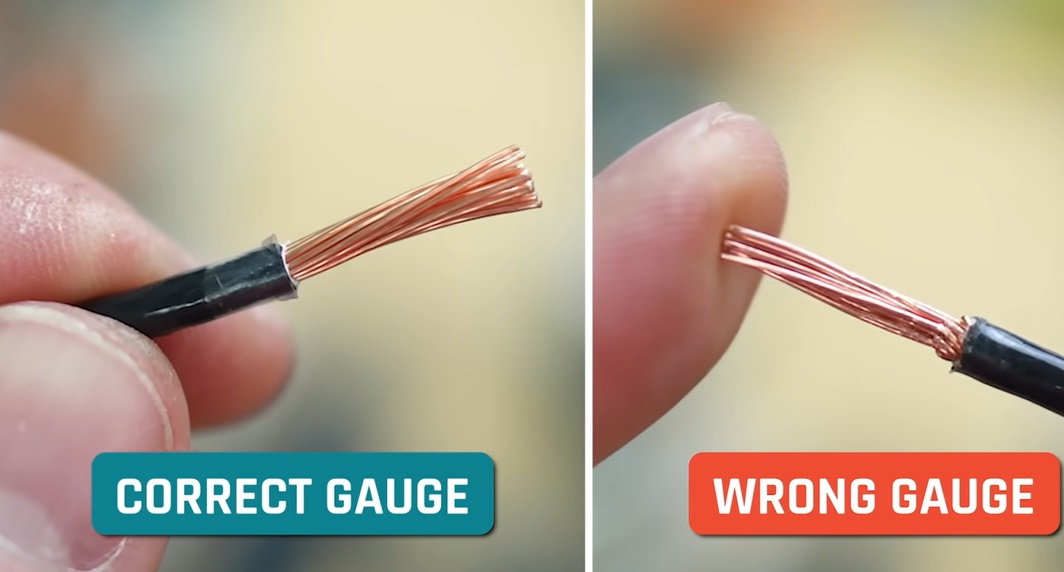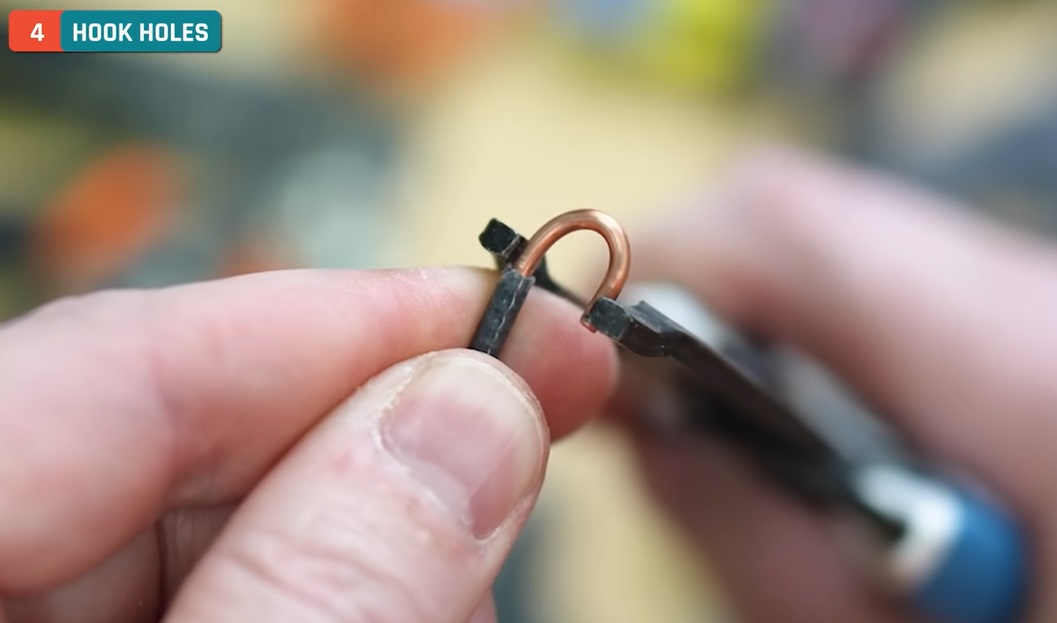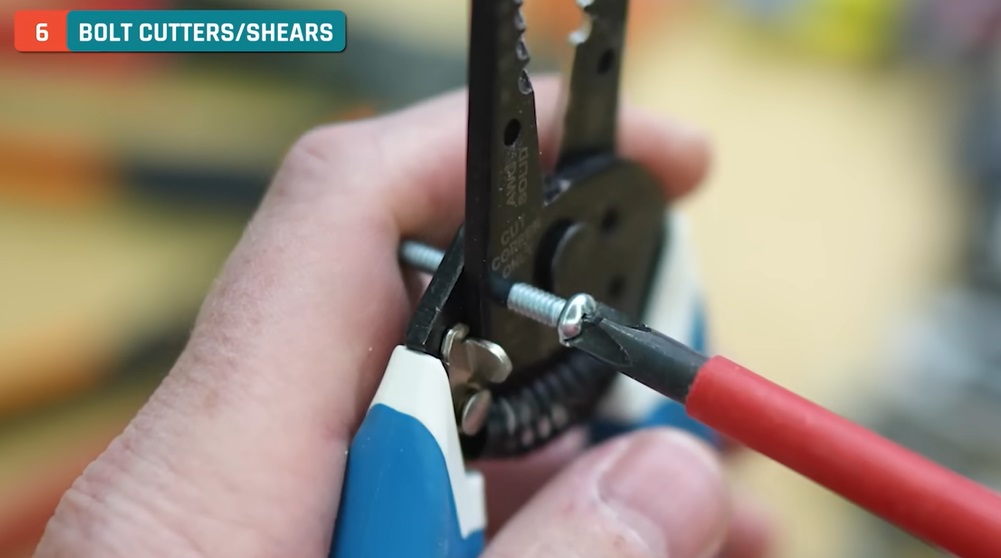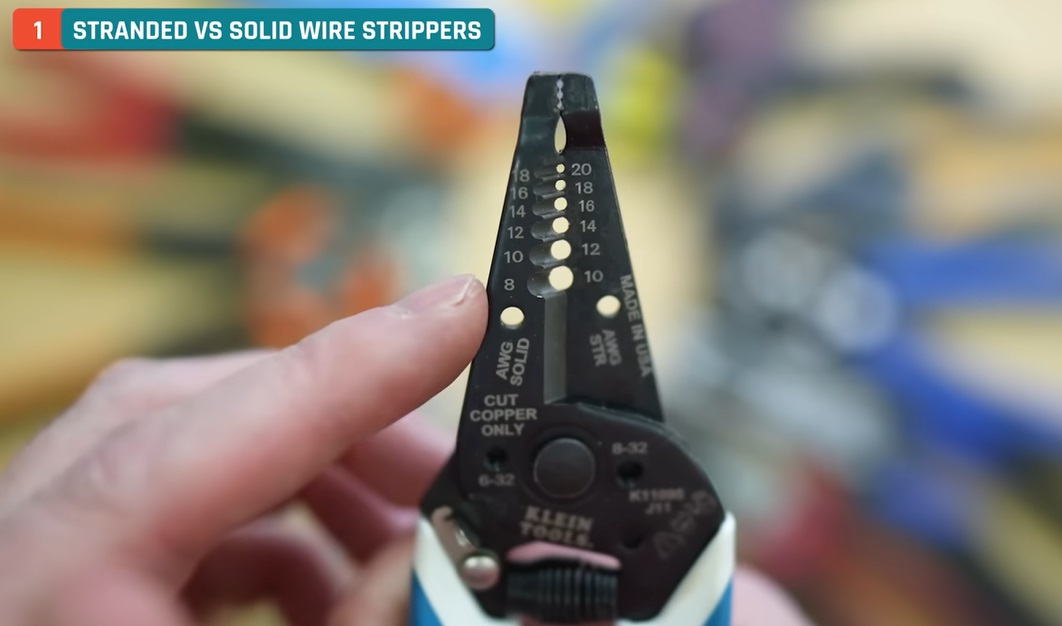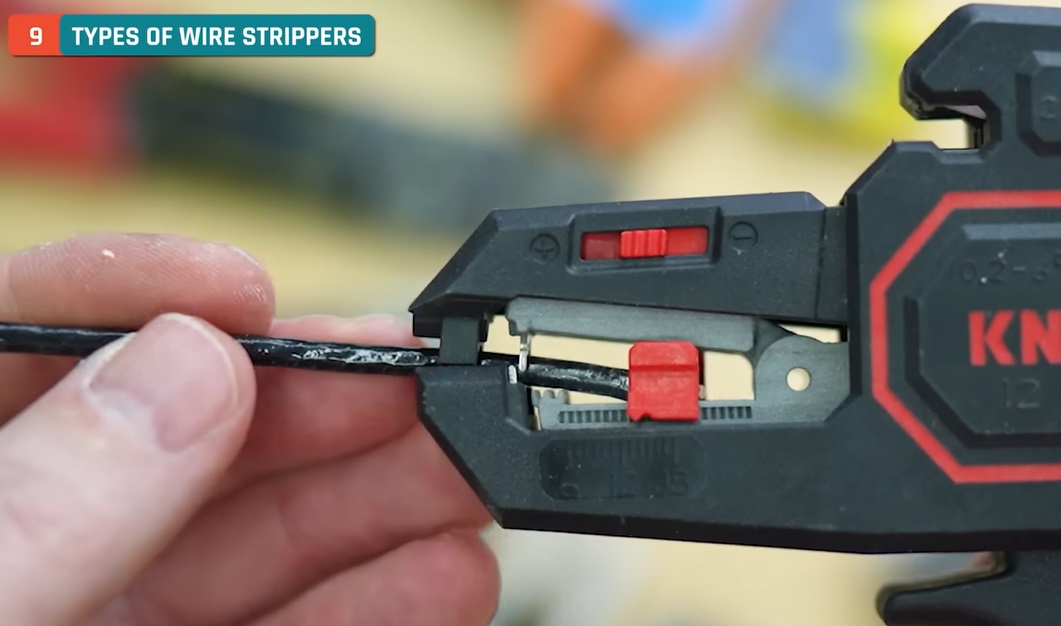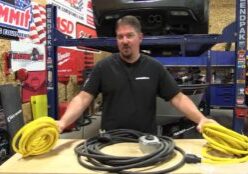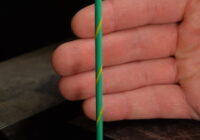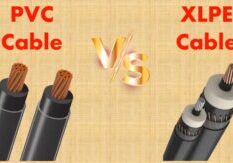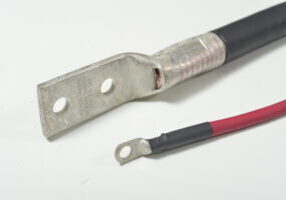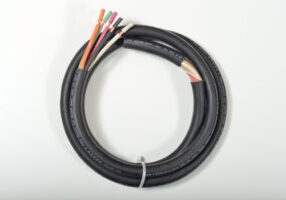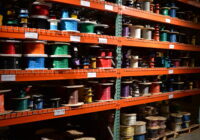
Oct 28, 2024
8 Wire Stripper Features Everyone Should Know
Wire strippers are essential tools for anyone working with electrical wiring, especially with copper wire used in PVC-insulated lead wires. Their primary function is to strip the insulation from wires without damaging the conductor. By exposing the metal wire core, they allow for secure and reliable connections to terminals or other wires. At WesBell Electronics, where quality and precision are priorities, wire strippers play a crucial role in ensuring both safety and efficiency when manufacturing wire harnesses. When working with copper wires, it’s crucial to have a tool that can handle different wire types and sizes.
Wire strippers can come with additional features and functionalities, making them versatile and multifunctional. Choosing the right one can simplify tasks like cutting, crimping, and creating hooks in the wire, which are important in many wiring applications.
Stranded vs. Solid Wire Strippers
Copper wire comes in two forms: stranded and solid. Stranded wires consist of multiple small wires twisted together, making them flexible and less prone to breaking when bent, while solid wires consist of a single, sturdy conductor. Each type requires specific handling when stripping the insulation.
Stranded Wire Strippers: Stranded wire is more delicate because of its multiple, thinner strands. Wire strippers for stranded wire have a more precise cutting edge to avoid damaging or breaking any strands. They typically come with gauges (small holes) specific to stranded wire, helping to accurately match the wire’s gauge with the stripper hole for a clean strip.
Solid Wire Strippers: For solid wires, the stripping holes on the tool are slightly larger to accommodate the wire’s single, solid conductor. Solid wire strippers offer a straightforward solution for stripping these thicker, sturdier wires and tend to require slightly more pressure to make a clean cut without damaging the copper conductor.
Some universal wire strippers can handle both stranded and solid wires by providing separate gauge holes or adjustable cutting depths, which is convenient for electricians working with mixed wire types.
Needle Nose Pliers
Needle nose pliers are an incredibly versatile tool that often complements wire stripping tasks. They have a pointed, narrow tip, allowing them to reach into tight spaces, which is useful for intricate electrical work. At WesBell, needle nose pliers are often used alongside wire strippers to hold the wire steady, bend it for specific applications, and even remove stubborn insulation pieces.
Many needle nose pliers also have a cutting edge near the base, allowing for both cutting and stripping functions in a single tool. This can streamline tasks and reduce the need to switch tools frequently, especially in confined spaces where copper wires need to be handled carefully.
Wire Grabber
Wire grabbers are specialized tools designed to hold and pull wires securely. This is particularly helpful when handling PVC lead wires that may be slippery or difficult to grip. A wire grabber, either as a standalone tool or as a function integrated into a wire stripper, allows technicians to grab the wire and pull it without applying excessive force to the conductor.
In a professional setting, such as in WesBell’s applications, wire grabbers prevent unnecessary wire damage. They can be a lifesaver when dealing with delicate wires or in tight spots where fingers can’t reach, helping maintain the integrity of the copper core.
Hook Holes for Terminal Screws
Many wire strippers come equipped with hook holes, a feature that allows electricians to bend stripped copper wire ends into hooks. These hooks are essential when wiring to terminals or screws, as they provide a secure connection that can withstand vibrations or movement.
To use this feature, the wire is inserted into the designated hole, and the tool is then rotated to form a hook at the wire’s end. This functionality is particularly beneficial in scenarios where the copper wire needs to be connected to terminal screws, as the hooked end ensures a solid, stable connection, reducing the chance of disconnection over time.
Cutting Wires and Creating Hooks
Most wire strippers also double as wire cutters, making them even more versatile. They have dedicated cutting edges to trim copper wires without damaging the insulation further up the wire. This is especially useful when working with PVC lead wires, as clean cuts help maintain the integrity of the insulation and the copper conductor.
Creating hooks is a common task when attaching wires to screw terminals. Many wire strippers feature slots that allow electricians to place the stripped end of the wire into the tool, then twist the tool to shape the wire end into a hook. This makes it quick and easy to prep copper wires for terminal connections in panels, circuit boards, or other electrical components.
Bolt Cutters and Shears
Certain wire strippers also incorporate bolt cutters or shears, which can be used to cut through bolts or thicker materials often encountered in electrical setups. Bolt cutters on wire strippers are usually small and are designed to handle soft metals like copper, brass, and aluminum.
This can save considerable time when trimming screws or bolts to size, eliminating the need for a separate cutting tool. For instance, when a bolt or screw length interferes with installation, the built-in cutters can easily trim the hardware without requiring additional equipment.
Additional Wire Stripper Functions
Today’s wire strippers often have additional functions, including crimpers and ratcheting mechanisms. Here are some commonly seen features:
- Crimping Functionality: Many wire strippers also function as crimpers, allowing electricians to secure wire connectors to the copper wire ends. Crimping ensures a firm and permanent connection, ideal for attaching connectors in tight electrical spaces.
- Ratcheting Mechanisms: A ratcheting mechanism holds the wire firmly in place, providing more control and reducing hand strain. This is beneficial for technicians who need to strip and connect multiple wires in a day.
- Adjustable Gauges: Some strippers allow gauge adjustments, making it possible to switch between wire sizes without switching tools. This feature can handle both solid and stranded wires, making the tool flexible across various applications.
- Ergonomic Design: Ergonomic handles and comfortable grips are essential when working with PVC-coated copper wires, as they prevent slippage and reduce hand fatigue over extended periods.
Universal Wire Strippers
Universal wire strippers are designed to handle a broad range of wire sizes and types. They can often strip both solid and stranded copper wire and are compatible with various insulation types, including PVC, THHN, and MTW wires.
With universal wire strippers, electricians can carry one tool that handles most wiring tasks, streamlining the process and reducing the need for multiple specialized tools. Universal wire strippers often feature self-adjusting capabilities, where the tool automatically adjusts to the thickness of the wire’s insulation, preventing over-stripping or damage to the copper conductor.
Conclusion
Wire strippers are an indispensable tool in electrical work, especially when working with copper and PVC lead wires. By choosing the right type of wire stripper, electricians can achieve precise, safe, and efficient wire handling. From needle nose pliers and wire grabbers to bolt cutters and universal strippers, there is a range of specialized tools and multifunctional options that enhance performance and quality in electrical setups.
At WesBell Electronics, having a reliable set of tools, including high-quality wire strippers, allows assemblers to work more efficiently and produce professional wire harnesses.

